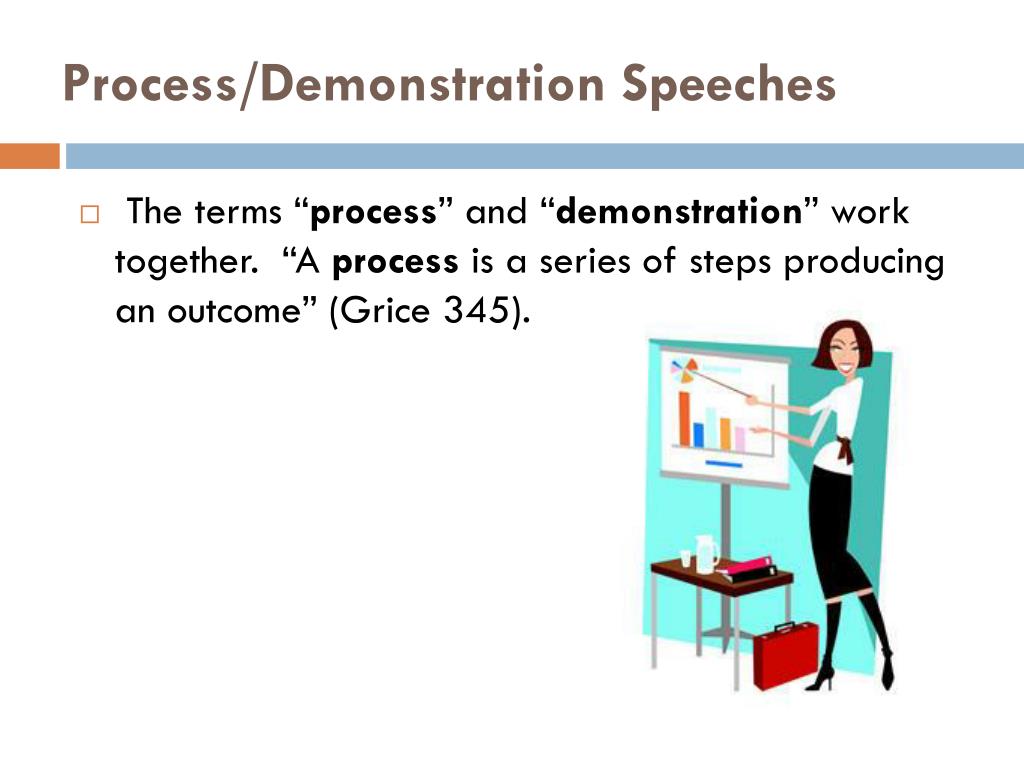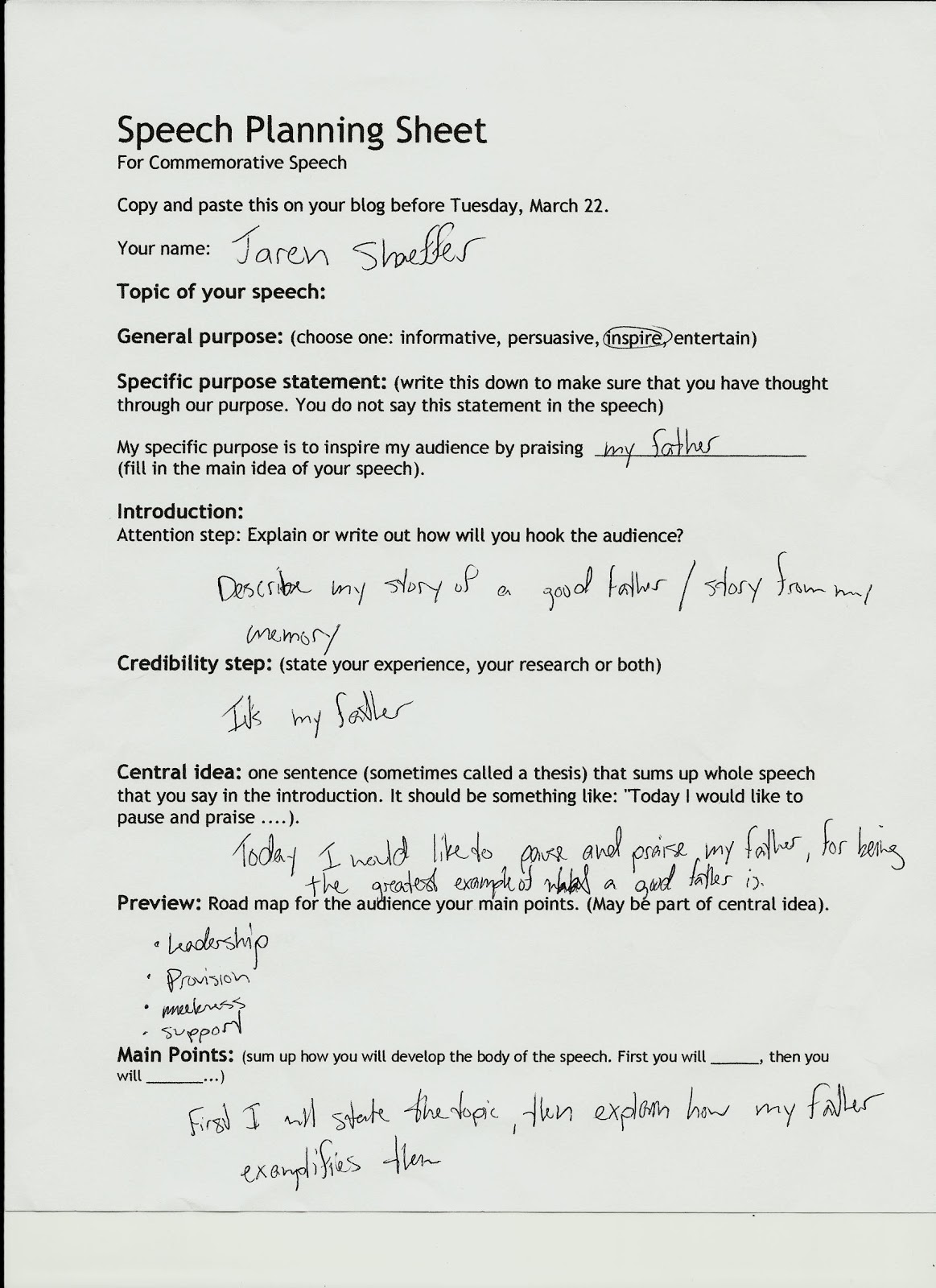

You should then work on the exercises or projects you would like your students to take on. Apply a top-down method: plan on a course level the lessons you’re going to include, and then go deeper and think about the activities you would like to include in each lesson. Once you’ve got the objectives down, you can start planning the specific activities you would like to include in the lesson or the course. By focusing on the end goal, you can schedule activities that help your students have a successful lesson.

When writing a lesson plan, start by outlining the learning objectives-what you want your students to take from the session and work backwards. Address the answer to the whole audience to keep them engaged.Lesson plan FAQ How do you write a lesson plan? If you choose to use question and answer – keep the energy moving forward.If you choose to have the audience participate – establish cues that will keep the activity moving forward and not to have the group break into side conversations.Keep your audience focused on your presentation.Try not to have long periods of time without speaking to the audience.Consider finish with a flourish!! Let the last line resonate- ring out! Deliver it with emphasis – slow your pace ever so slightly – don’t let your vocal energy drop off on the last line. Summarize your main points/restate thesis.Most conclusions are simply too short!.Without this level of development you can’t score above a B on this speech and formal outline. Supporting details provide the color, the interest, and specificity that all superb speeches need. Make sure that each point has vivid and thoughtfully developed supporting details.Each Main Point must have at least 2 subordinating points!!! Less than two subordinating points mean – THIS IS NOT A MAIN IDEA.Use signposting, internal preview and summaries as you move through the body of your speech.Complete sentences – write your main ideas in the style that you will actually say them in your presentation.Reveal Thesis and make sure your thesis encapsulates your main ideas.Link your attention getter to establishing the context of your demonstration or how it works speech.Start with an “attention getter” – be creative! Hook your audience, build our curiosity, create excitement!.In the beginning, as you demonstrate, and in the end encourage and motivate your audience!.How did you learn to do this demonstration? How long have you been doing this activity? Why are you interested in this activity It also can credibility – that you are a trustworthy speaker on this topic.Remember that your “story” can add a an important level of understanding to you topic!.

Use your story to establish interest and credibility!
#Juggling demonstration speech central idea how to#


 0 kommentar(er)
0 kommentar(er)
